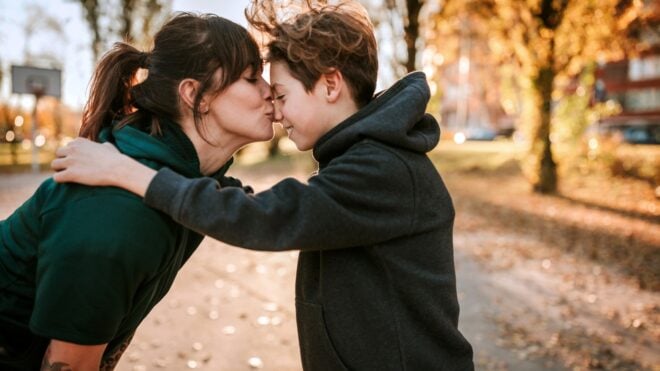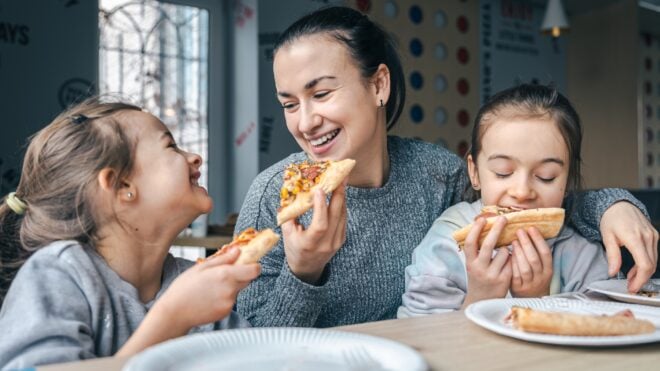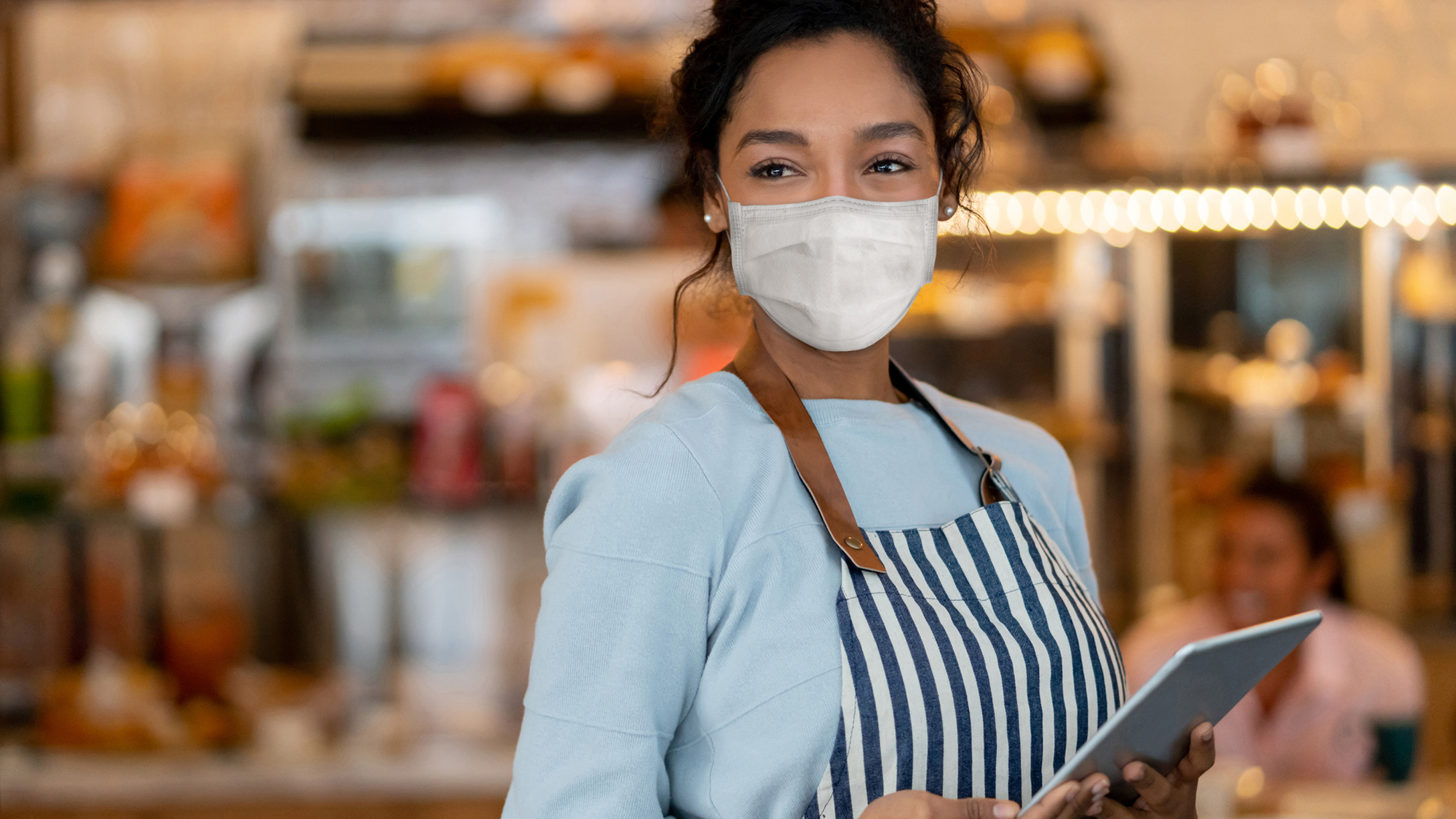
In this article
The food service industry was hit hard by the coronavirus pandemic, resulting in a long, lonely spring for those of us who enjoy eating out. That season is coming to an end as restaurants and bars tentatively reopen for dine-in service.
But just because you can reserve a restaurant table again, should you?
Barbara Baker of Michigan is ready. “We’re considering going next week to an outside patio setup at a favorite place near our home,” she told Mom.com. “I want to support dining outside efforts by this local favorite. They stayed open and offered pickup for their food.”
But Silicon Valley mom Sarah Granger is sticking with takeout for now. “We're not in any rush to risk sitting at a restaurant, considering the rising numbers of virus cases in California,” she told us.
Guidelines for restaurant reopening safety
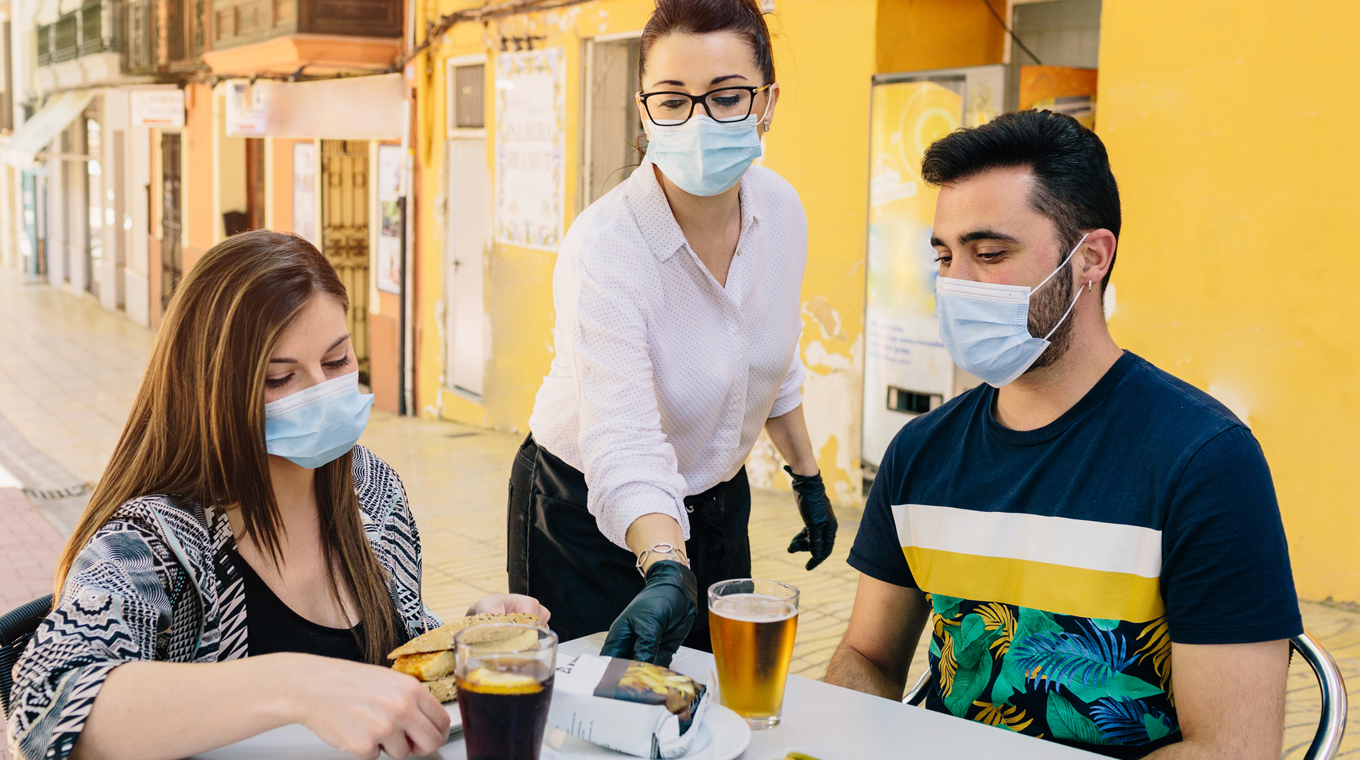
With every state and city seemingly setting its own COVID-19 response, it’s not surprising to note that both patrons and restaurant operators are feeling confused. The city of Los Angeles rushed its reopening before it published health and safety guidelines. Inspections conducted two weeks later revealed that half of reopened restaurants were not in compliance.
“Restaurants are relatively high-risk. Outdoors, maybe a little less so, especially if they’re doing spacing between tables and there’s good airflow outside to reduce the level of virus you might be exposed to,” Tara C. Smith, Ph.D., professor of epidemiology at the Kent State University College of Public Health told Self magazine.
“The risk increases if you’re bringing in people you haven’t been with versus people in your household. You’re not going to be masking up the whole time, you’re going to have to take them off to eat and talk and things like that,” she warned.
How the coronavirus is changing the dining experience
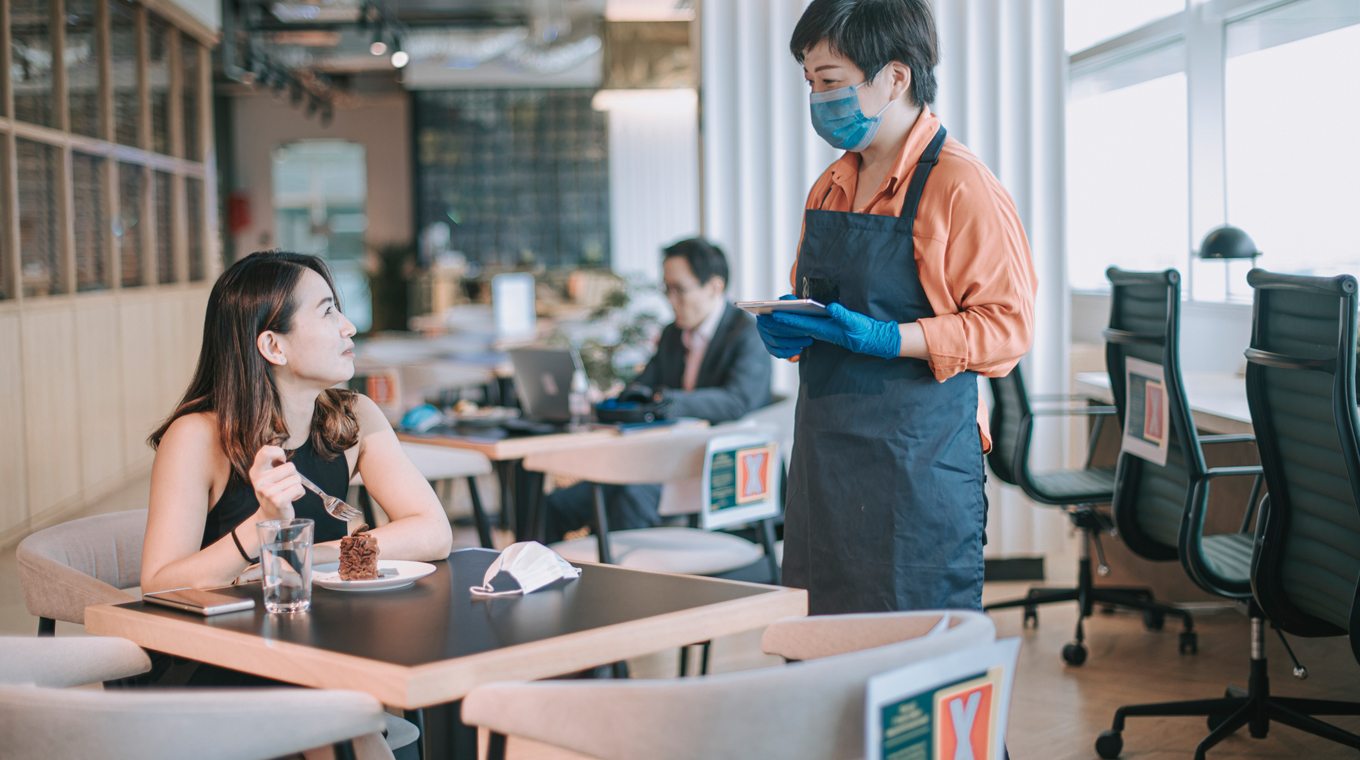
When you do set foot in your favorite local restaurant, you will likely discover a changed environment: tables arranged six feet apart, masked wait staff, disposable menus, sanitizing stations, temperature checks, and more.
The coronavirus crisis is prompting restaurateurs to get creative. Stephane Bombet of Los Angeles restaurant Faith & Flower put a lot of thought into safety for both his customers and staff when he reopened in June by creating “landing zones” for each table.
“Depending on your table, the landing zone is either an additional table affixed to the end of your seating area or a removable cart, on which servers drop table settings, drinks, food and your check," thetext in italic* Los Angeles Times* explained. "You are instructed to retrieve items once the server has stepped away and take care of setting your own table and pouring water. When you want something to be cleared, you place it back on the landing zone for removal.”
“It’s going to be hard,” Bombet told the Times. “You’re not allowed to present things to the table and hover over customers. A landing zone is our idea to make it safer and easier.”
Bathrooms will also have to meet new cleanliness standards, with just one patron likely allowed in at a time, and sanitization between uses. More restaurants will be investing in contactless towel dispensers, faucets, and flushers.
“Toto toilets are going to become the new Peleton,” restaurant consultant Steven Hall told Food and Wine. “They are automated and you don’t have to touch anything.”
Minimizing your family’s risk
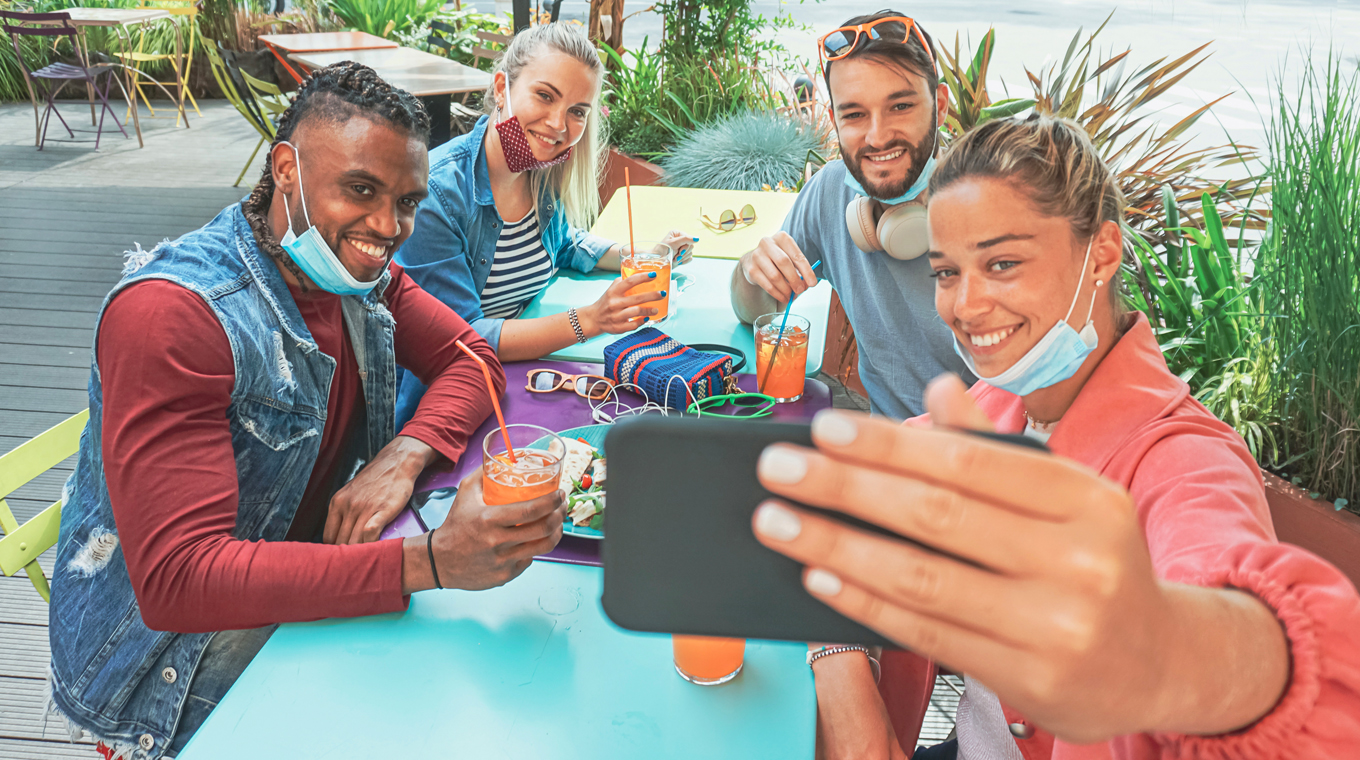
“Vulnerable people may want to pass on dine-in options and focus on pickup or perhaps outside dining if the conditions are appropriate,” epidemiologist Thomas A. Russo, professor and chief of infectious disease at the Department of Medicine of University at Buffalo, The State University of New York, told CNN.
Russo noted that “drive-up windows or carry-out are probably the safest; transient interaction with one individual when everyone is wearing masks is a lower-risk situation.”
“Overall, outside dining is safer than indoor dining, with everything else being equal on a nonwindy day due to the larger air volume. Maintaining eye protection via glasses and intermittent mask use between bites and sips would further decrease the risk,” he advised.
The CDC website offers the following guidance for dining out:
- Check the restaurant’s website and social media to see if they have updated their information to address any COVID-19 safety guidelines.
- Before you go to the restaurant, call and ask if all staff are wearing cloth face coverings while at work.
- Wear cloth face coverings when less than six feet apart from other people or indoors.
- Take precautions – like wearing a cloth face covering as much as possible when not eating and maintaining a proper social distance if you are dining with others who don’t live with you.
- Ask about options for self-parking to remove the need for a valet service.
- Maintain a social distance of six feet or more in any entryway, hallway, or waiting area.
- Wash your hands for at least 20 seconds when entering and exiting the restaurant. If soap and water are not readily available, use a hand sanitizer that contains at least 60% alcohol. Cover all surfaces of your hands and rub them together until they feel dry.
- When possible, sit outside at tables spaced at least six feet apart from other people.
- When possible, choose food and drink options that are not self-serve to limit the use of shared serving utensils, handles, buttons, or touchscreens.
- Before using the restroom, make sure there is adequate soap and paper towels or hand sanitizer containing at least 60% alcohol.




